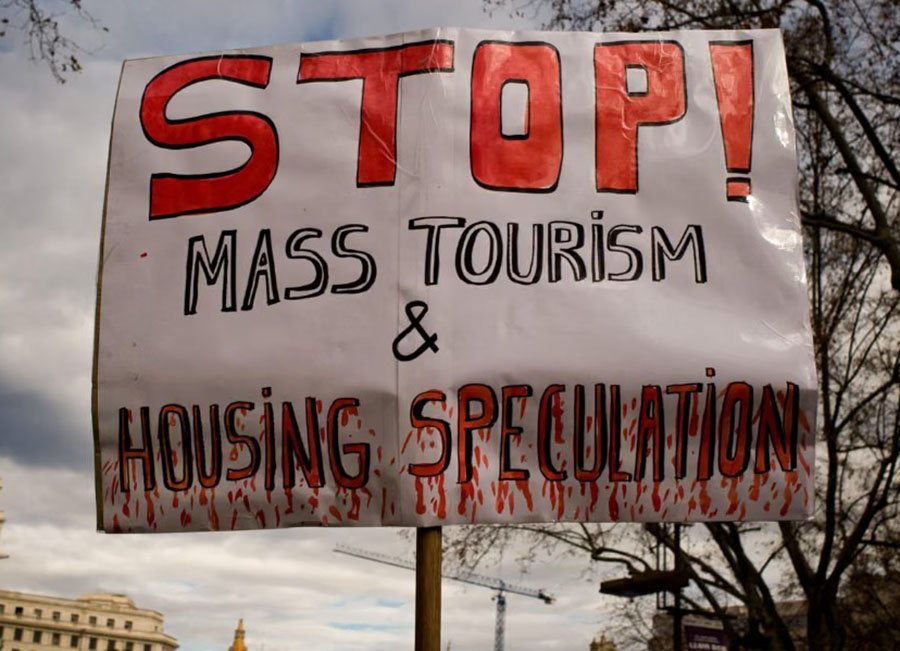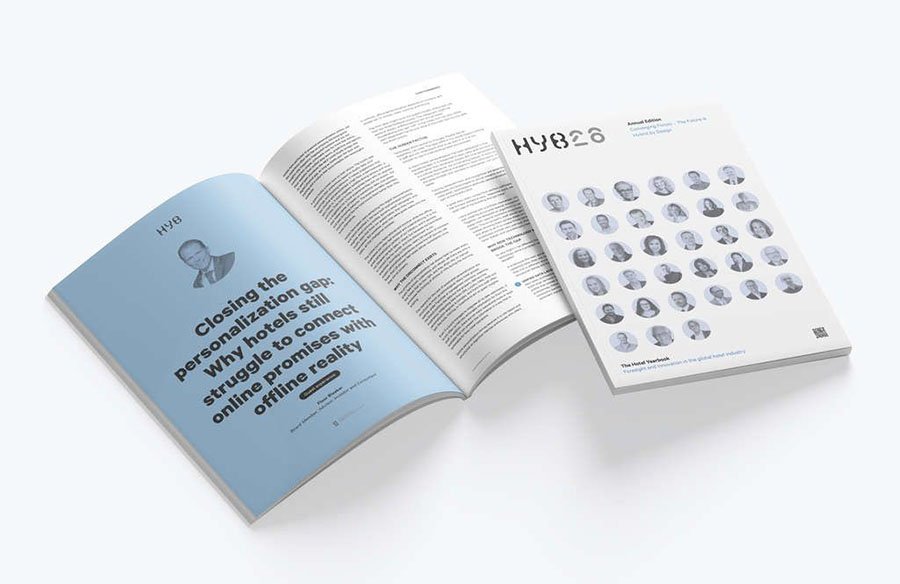Tourism & hospitality / News / France / Tourism France / United Kingdom / Tourism Britain / Italy / Tourism Italy / Analytics / Reviews 06.11.2025
Paris, London, Rome: Why “Basic” Hotel Services in Europe Suddenly Feel Like Luxuries

Right after the pandemic, it seemed luxury hotels would lure guests with discounts and perks. But 2024–2025 flipped expectations: Europe’s flagship cities — Paris, London, and Rome — have moved prices sharply upward, while parts of the traditional “included” bundle have turned into paid add-ons. During major events (like the Paris 2024 Olympics) rates went stratospheric, and now the market is locking in a new normal: you’ll pay more — and not just for the room.
Why It’s Happening: Three Stories — Three Pricing Logics
Paris: Olympic effect and a tight room inventory.
The city has always been pricey, but the Games revealed the true ceiling of demand. Average rates by “star level” jumped multiple times: three-star hotels from ~US$178 to ~US$685 per night, four-star from ~US$266 to ~US$953, and five-star from ~US$625 to ~US$1,607 per night. Drivers are clear: millions of visitors versus roughly 280,000 rooms per day — a deficit in simple arithmetic. At the same time, packages were “unbundled”: Wi-Fi, gym access, room service — what used to be included now often carries separate fees.
London: post-COVID reset and the return of the events calendar.
With concerts, congresses, and festivals back, the luxury segment has moved higher. A night in a five-star runs around US$450 (with a wide range by season, district, and booking window). Post-pandemic fire-sales are fading; instead of “–25%,” you’re more likely to see “book early” and narrow promo windows. Many hotels offset the high base rate with direct-booking perks — small discounts, in-room treats, late checkout — to soften the perception of price.
Rome: stability with a few surprises.
Big “spikes” are rarer, yet the luxury bill remains high: five-star stays can easily reach ~US$1,200 per night on peak dates. Meanwhile, more services once assumed to be “standard” are becoming add-ons. A typical example: valet parking at about €70 per day, along with other service lines carved out of the base tariff.
What’s Under the Hood of Pricing
Demand outpaces supply. Major events, peak seasons, and short weekend waves create surges. When a city is “at its limit,” aggressive revenue management kicks in: rates climb in steps, and bundles are split.
Operating costs. Inflation in procurement, energy, wages, and post-2020/2021 asset refreshes push up ADR (Average Daily Rate) and paid options.
Product unbundling. Hotels separate the “core” (the room itself) from options (gym, breakfast, off-schedule housekeeping, room service, late checkout) to manage margin more flexibly.
Lack of quality inventory in historic centers. New builds and large-scale renovations are constrained in heritage districts — each “fresh” room costs more and pulls up the category around it.
Count the “Total Trip Cost,” Not Just the Nightly Rate
To avoid the “cheap rate” trap, focus on TTC — total trip cost:
Internet & connectivity. Confirm whether fast Wi-Fi is included and on how many devices.
Food. Is breakfast/continental/buffet included, or à la carte? Any service charge in hotel restaurants?
Fitness & pool. Any peak-hour fees, towel/sauna charges?
Parking/valet. In central Paris, London, and Rome this can be your largest line after the room.
Housekeeping and early/late checkout. Increasingly paid slots.
City taxes. Tourist levies in Europe are added separately and depend on hotel category.
Booking Tactics in “Expensive Europe” 2025–2026
Planning horizon. For high-demand dates (concerts, matches, forums), 30–60 days out is often optimal for fixed rates. Too early = paying for “guarantee,” too late = scarcity.
Choose shoulder seasons. May–June and September–October often balance price, weather, and crowd levels.
Shift one or two transport nodes. Staying one neighborhood away from the biggest magnet (e.g., not right by St. Peter’s or the Seine but near a fast metro line) can save 15–30% without adding commute time.
Watch weekday dynamics. In London’s business districts, weekends can be cheaper than weekdays; in tourist hubs, the reverse can be true.
Packages vs. bare rate. A bundle (breakfast + transit pass + late checkout) often beats a base rate plus paid add-ons.
Loyalty and direct benefits. Booking on the hotel’s site may yield 5–10% off, F&B credits, or complimentary items (mini-bar, coffee corner) — measure value, not just a percent.
Hybrid stays. Combine 1–2 nights “in the action” with the rest in a nearby district or satellite town.
Refundable rates with auto-tracking. Book refundable and enable “rebook on price drop” (supported by many aggregators/metasearch) — savings without risk.
Red Flags When Choosing a Hotel
Sneaky “convenience” fees. Resort/urban fees may include “access to common areas” you won’t use. Check opt-out options.
Hourly gym/pool pricing. Often pricier than a day pass at a nearby club.
City rules on short-term rentals. In Barcelona and parts of Paris, regulations are stricter: verify legality to avoid a last-minute cancellation.
“Too-low” base rate. Usually means a stack of add-ons. Compare the true basket total.
Who Benefits — and What Travelers Can Do
The new setup benefits hotels: clearer margins, higher average checks, fewer hidden costs. Travelers can still avoid overpaying:
Plan your route and must-dos early. Knowing “where and when” helps you play with dates and districts.
Compare “all-in” vs. à la carte. Sometimes pricier on paper, cheaper at checkout.
Check change rules. A flexible rate + auto price-tracking often beats non-refundable if city demand softens 2–3 weeks pre-stay.
Leverage transport. Day/weekly passes can justify staying outside the very center.
Read the fine print. Service fees, deposits, card holds — lock them down before you pay.
Bottom Line: “Expensive Europe” Isn’t a Verdict If You Think One Step Ahead
Paris, London, and Rome have shifted away from “everything included by default.” In its place: targeted room pricing with paid layers on top. The reasons are clear: limited high-quality stock, rising costs, and smarter demand management. The winners aren’t those chasing “the lowest nightly rate,” but those assembling the right value stack: transit-smart location, the services you need already bundled, transparent terms, and a final bill without surprises. Treated like a project — not an impulse buy — even Europe’s priciest cities remain within reach.
Подсказки: Europe, hotels, pricing, luxury travel, hidden fees, city breaks, Paris, London, Rome, travel tips, booking strategy, revenue management











